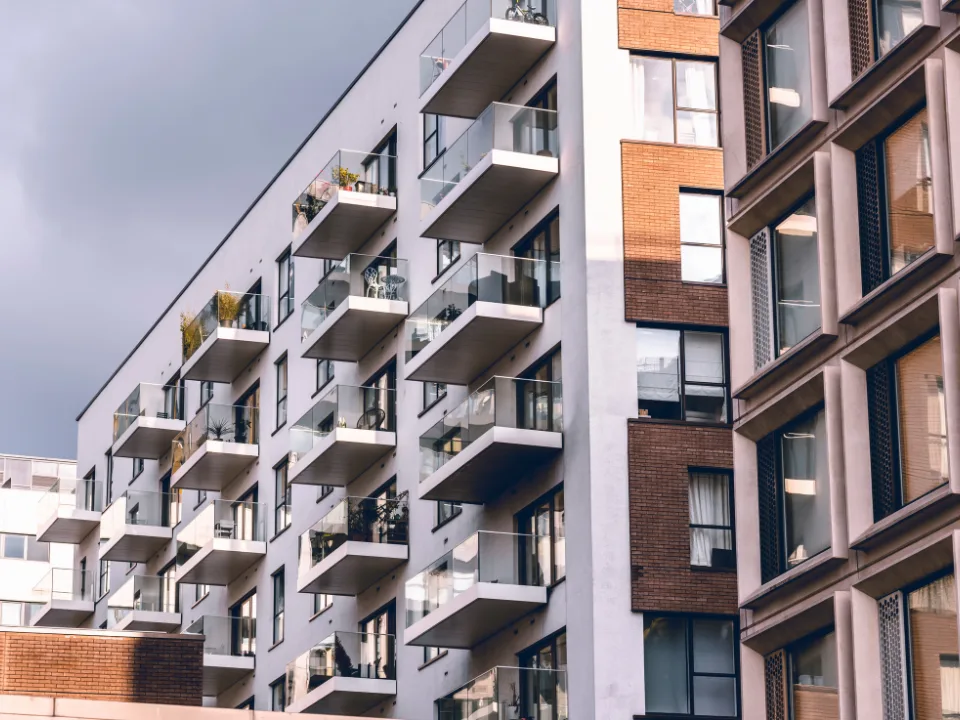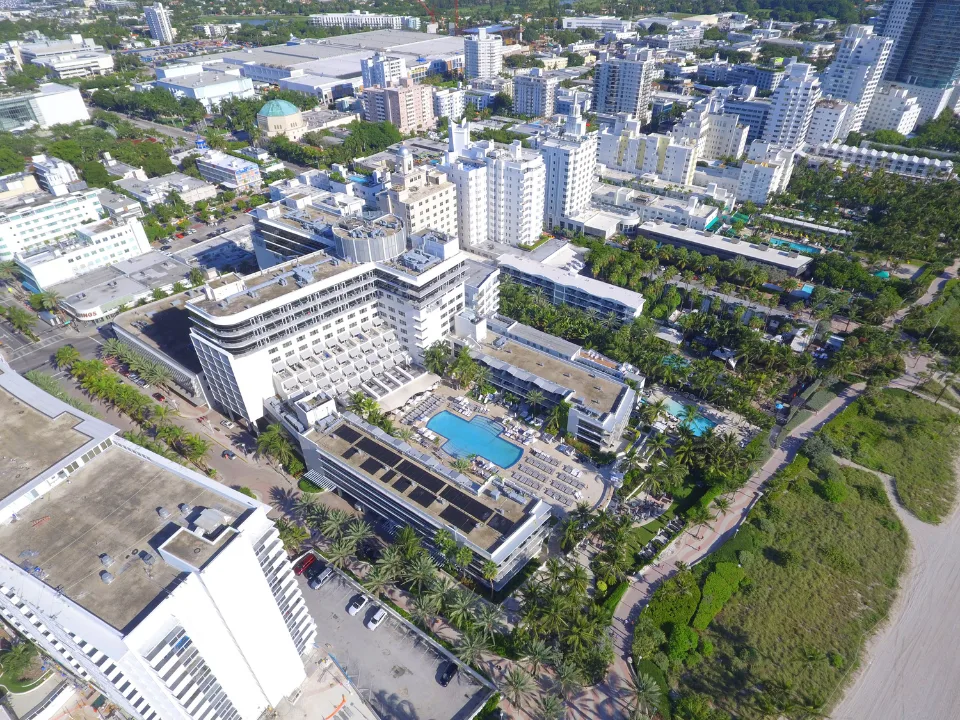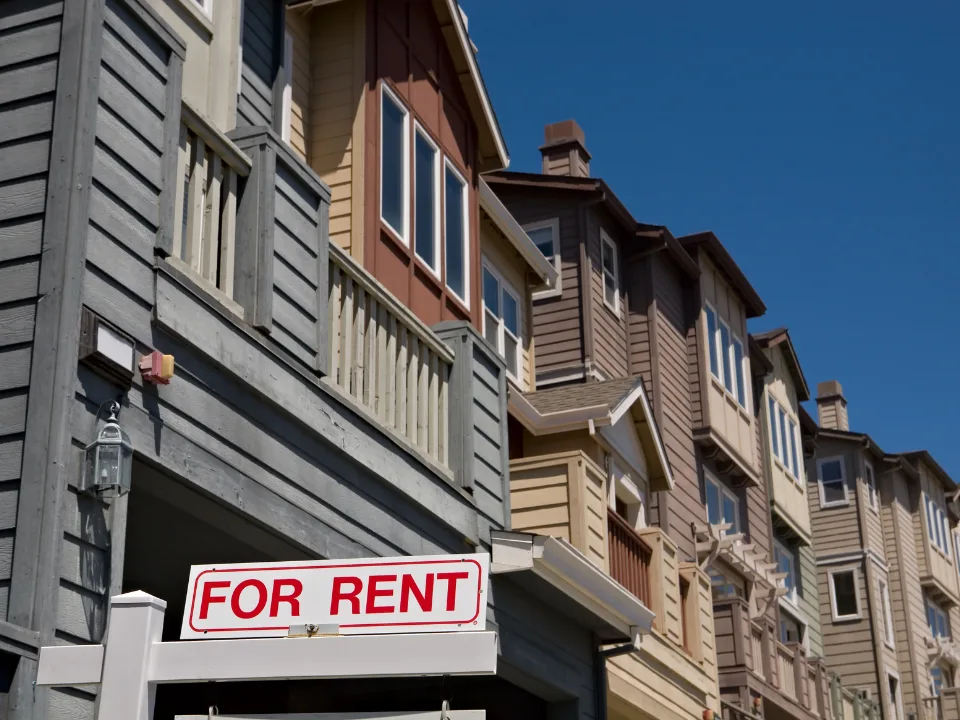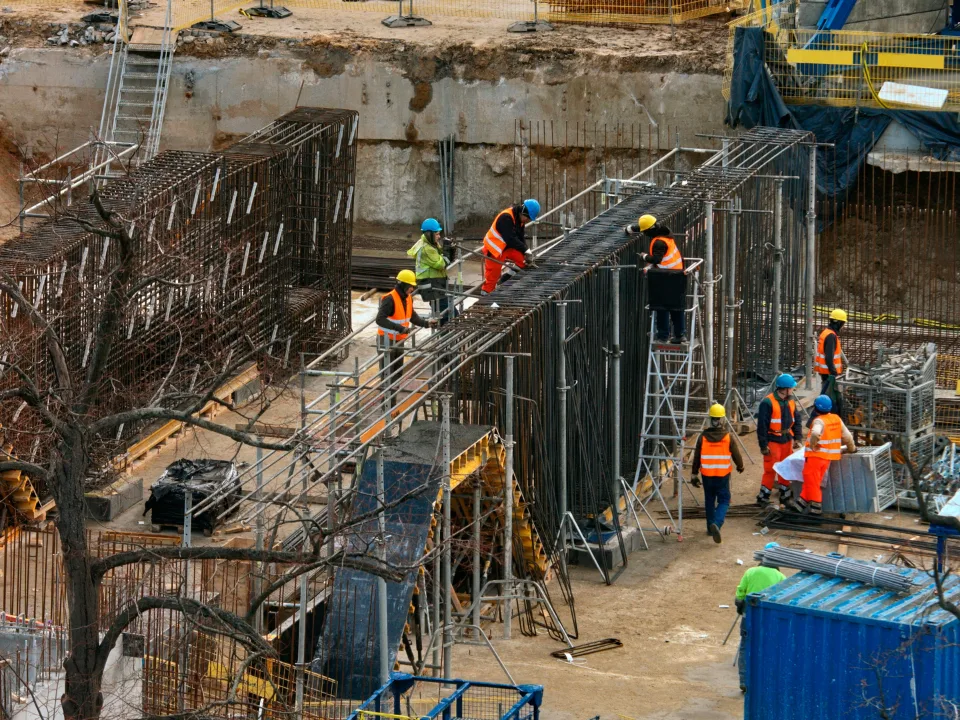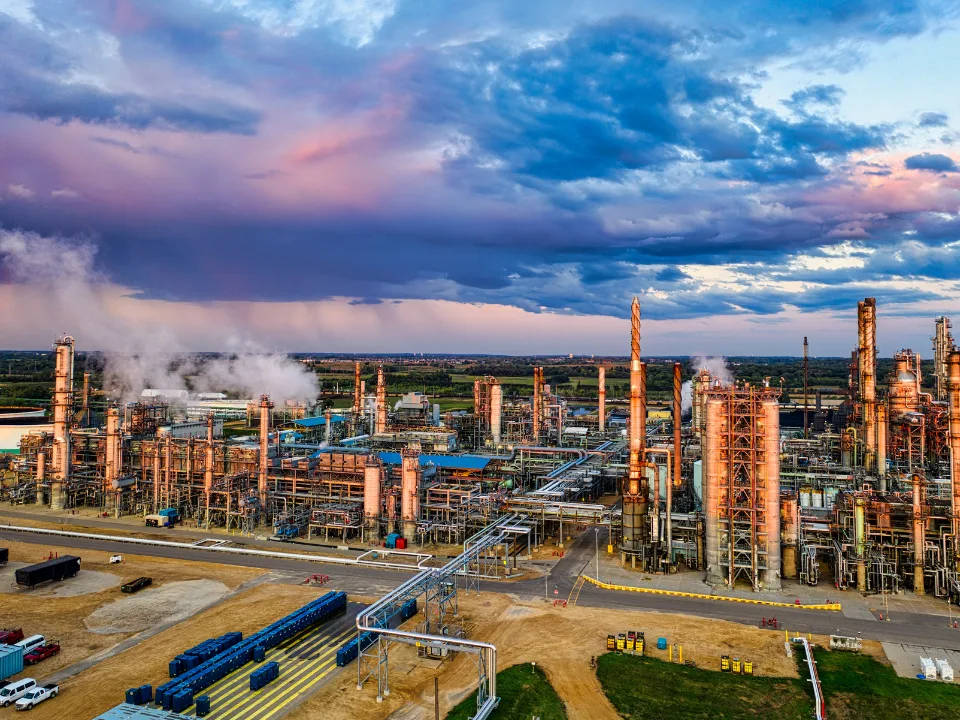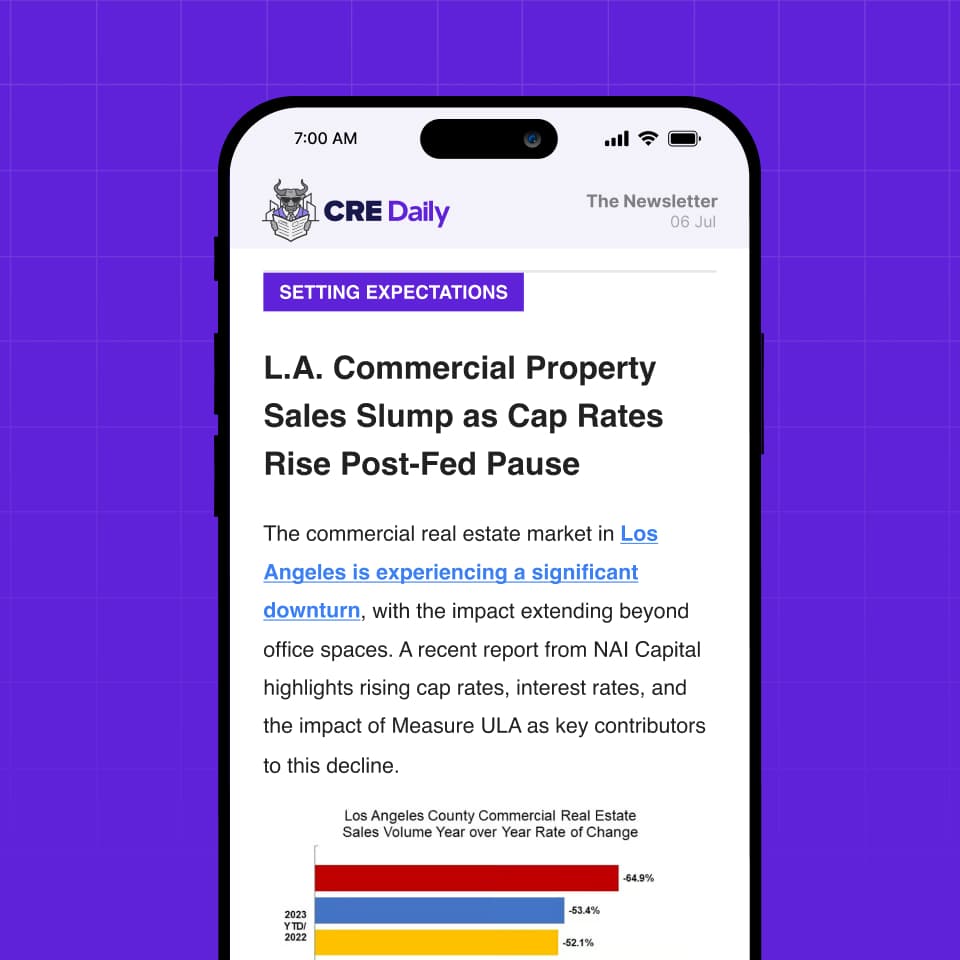- Avondale/Goodyear/West Glendale in Phoenix saw apartment inventory grow by 116.7%, the highest increase nationally, reaching over 32,600 units.
- East Austin experienced a 92.5% jump in inventory, one of five Texas submarkets making the top eight.
- Overall apartment growth in the US was 11.3%, while Austin outpaced the rest of the country with a 33.3% increase.
- The trend reflects continued migration to high-growth markets and strong demand for rental housing.
Inventory Boom in the Southwest
According to the latest RealPage analysis, eight of the country’s larger apartment submarkets recorded inventory growth of 50% or more over the last five years—despite their already sizable footprints, as reported by Globe St.
Topping the list is the Avondale/Goodyear/West Glendale submarket in Phoenix, which added over 17,000 units for a total of 32,641 units in 2025. That marks a staggering 116.7% increase since 2020.
This growth tracks with Maricopa County’s status as one of the fastest-growing counties nationwide, buoyed by migration trends and an influx of new residents.
Get Smarter about what matters in CRE
Stay ahead of trends in commercial real estate with CRE Daily – the free newsletter delivering everything you need to start your day in just 5-minutes
Texas Leads the Charge
Five of the eight submarkets with outsized growth are located in Texas, with Austin emerging as the country’s fastest-growing large apartment market. The East Austin submarket saw its inventory nearly double—up 92.5% to 30,571 units.
Nearby, the Round Rock/Georgetown area also made the list, with inventory rising 69.9% to 32,646 units. Austin’s overall apartment growth of 33.3% was the highest of any US market, supported by strong tech sector expansion and a youthful, renter-heavy demographic.
Why It Matters
While smaller submarkets often see high percentage gains due to a low starting base, these eight are established, high-growth areas absorbing tens of thousands of new units. The ability to sustain this level of development signals robust local demand, driven by employment opportunities, population growth, and urban expansion.
Compared to the 11.3% national average growth in apartment inventory since 2020, these numbers show just how disproportionately fast some metro areas are scaling up their rental housing.
What’s Next
As population and job growth continue to concentrate in Sun Belt metros, developers are responding with aggressive multifamily construction. The current trajectory suggests these fast-growing submarkets could soon redefine the national apartment landscape—if infrastructure and affordability challenges don’t slow momentum.
